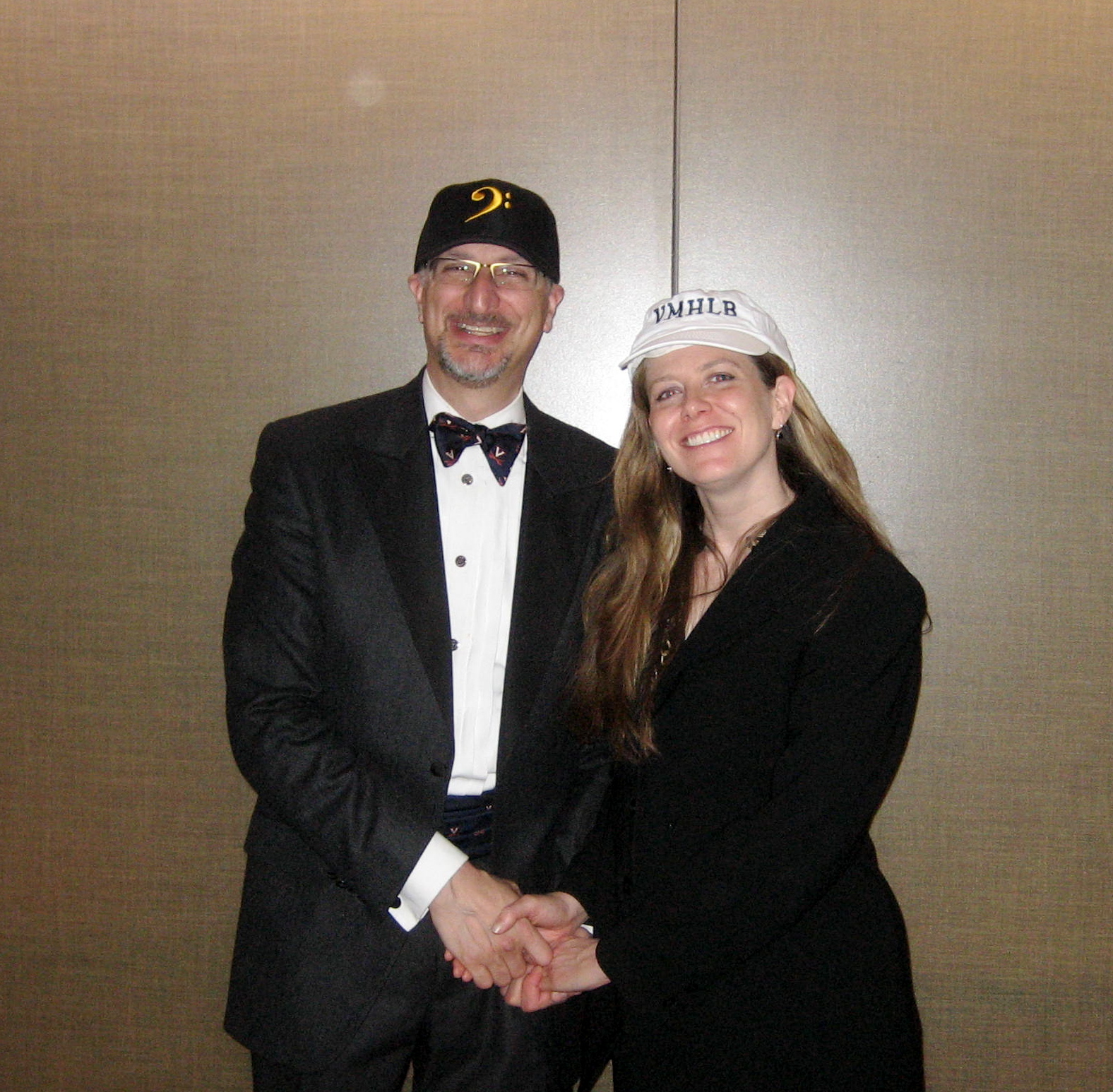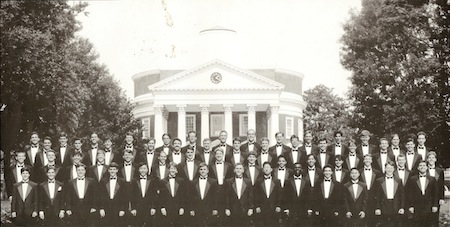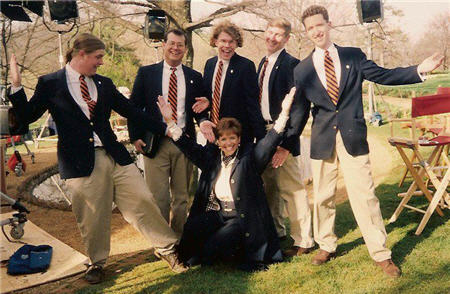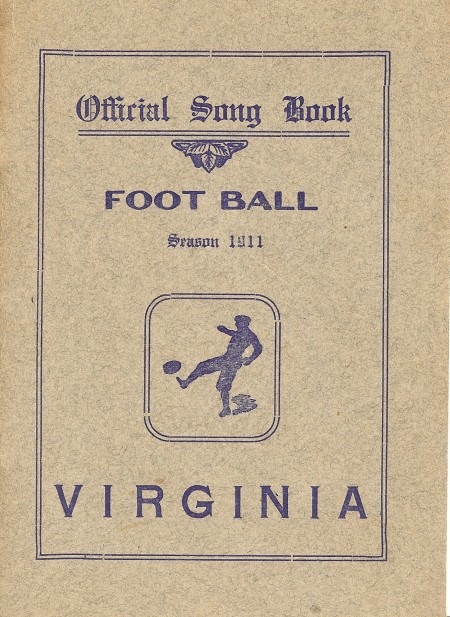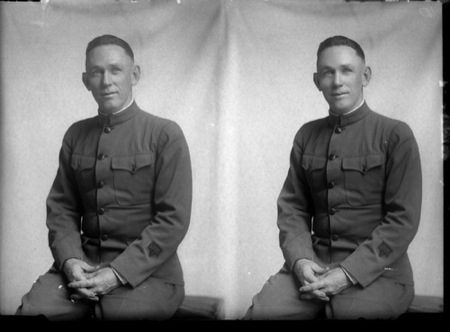I was going to write up Monday night’s Virginia Glee Club concert yesterday, but a couple busy days at work and a rehearsal last night ensured that I would get beaten to it (see the Tin Man’s writeup of the New York concert here). So I’ll just give a few thoughts about my experience at Monday night’s concert at Wellesley College.
First: I had not been back to visit Wellesley since our spring trip with Club in the spring of 1991. I saw an old friend (now the editor in chief at Rosetta Stone–time flies) there, but don’t remember much else except the beauty of the campus and of Houghton Chapel. On Monday night, it was a different story, largely because I arrived after dusk and had to scramble to get to the concert on time. Parking in the dark, I found my way back to the chapel via a brisk walk and got there in time to catch a little pre-concert warmup by the Boston Saengerfest singers. As I oriented myself, I saw a tall goateed man in a tux with a Virginia bow tie coming my way, and was delighted to finally meet Frank Albinder after various conference calls and emails. As we were chatting, up came another familiar face–Alex Cohn (Club ’97), now writer and photographer at the Concord (NH) Monitor. It was starting to feel a little like old home week.
Then the concert started. The Wellesley College Choir were lovely (vocally), performing many numbers from memory, and their conductor Lisa Graham was energetic and brilliant. Their performance was followed by a four-number set by the Boston Saengerfest Men’s Chorus. It was observed near me that the average age of the men in the chorus must have been about 70, but their energy through their numbers was unmistakable, and the tenor soloist in the third number had a brilliant voice. And then there was their performance of “Lydia, the Tattooed Lady,” which had the entire Wellesley Choir in giggles.
Afterwards, the Glee Club joined Saengerfest for a joint performance of a few songs, then went through their own set—beginning with “Alle Psallite Cum Luja,” continuing through a set of more modern works (“Embraceable You,” an hysterical song about the real meaning of “Glee”), and then an alumni sing-along section. I had forgotten more than I remembered of Frederic Field Bullard’s “Winter Song,” but “Ten Thousand Voices” and the “Good Old Song” were permanently embedded in my brain. And the joint performance of the Biebl “Ave Maria” with the Wellesley Choir was something else again too–not an SATB arrangement, but the two choirs traded verses before performing as a double chorus at the end.
If I had a tear near my eye by the end of “Ten Thousand Voices,” I had more from laughter after the show talking with Frank and the Club guys about past tours and their current endeavors (and seeing Frank and Lisa Graham exchange hats, above). I hope that all continues well for them on the road and that their crowds in DC and Virginia are full to overflowing.

